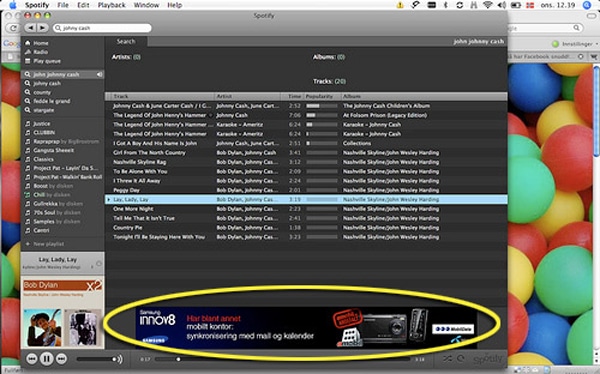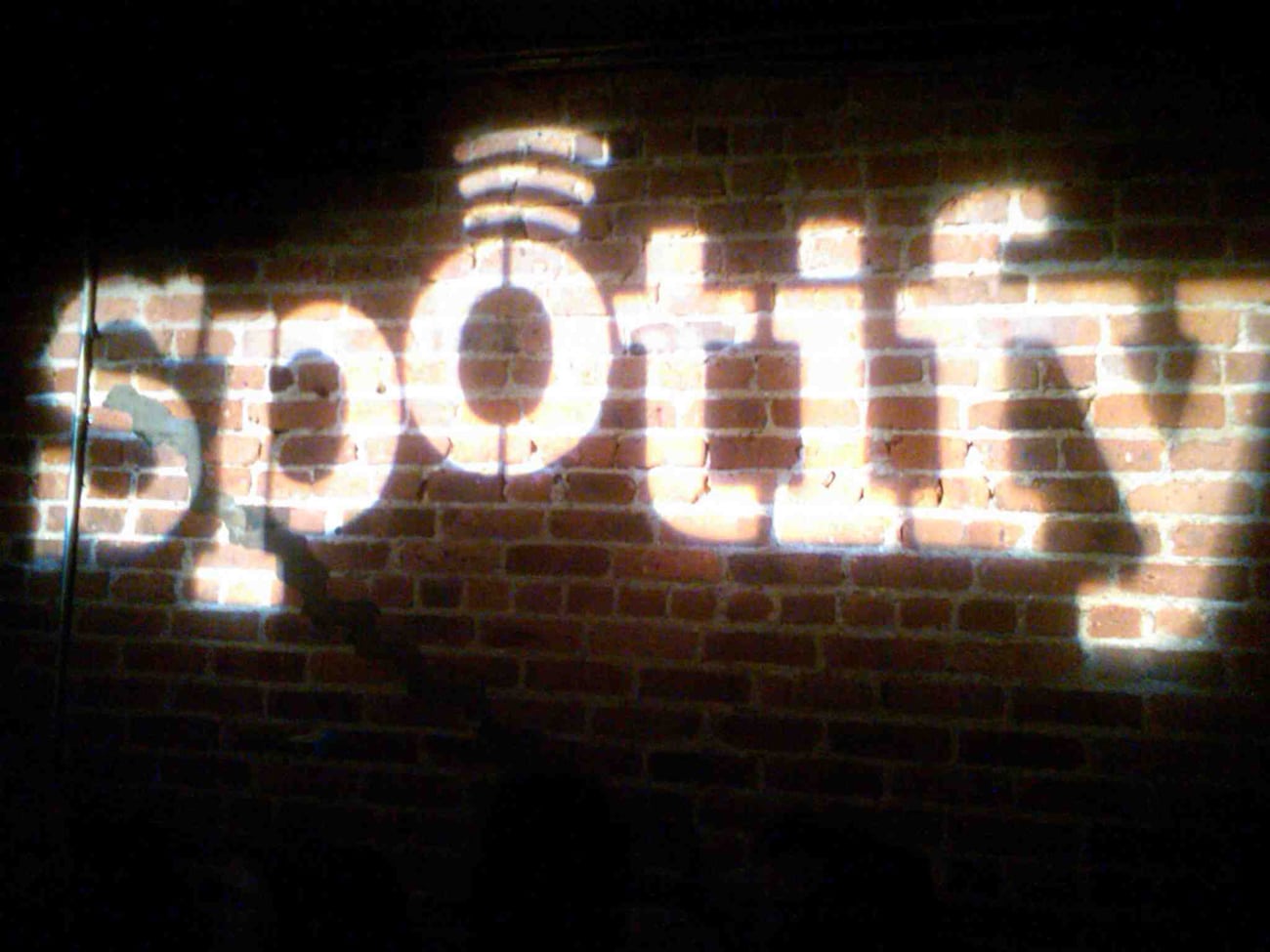If you love music, you have probably heard of Spotify by now. Spotify is an app you can use on your smartphone or computer to listen to as much music as you’d like for free with ads. For a fee, you can pay to have ad free music, which is not good news for marketers. However, if you know your demographic well, you can target your ideal customers and advertise to those people who are using Spotify for free.
In short, there are a few main considerations when using Spotify as a marketing tool. The first option, of course, is to place ads on Spotify. For this to be really successful, a strong landing page with brand identification is also necessary. You can also use your social media sites alongside Spotify to create customer interactions. Keep reading for the oh-so-fun details!
Spotify Ads
The Spotify team has lots of different ads you can purchase from quick audio snippets to full-page takeovers. The key is to have a very focused target audience. From age ranges to geographic locations, you can pick exactly what you want and market to this group, similar to radio.
Users who listen to the free version of Spotify hear these ads in between songs that are played, and ads are also placed along the bottom of the page for an additional marketing opportunity. With millions of users who listen to Spotify on their iPhones and iPads (who are traditionally big spenders), Spotify gives you a unique opportunity to get in front of these potential customers.
Branding and Landing Page Considerations
Just as with any advertisement, make sure your Spotify ads and landing pages are branded well. This way, existing customers can recognize the ad immediately as one for your company. Also, prospects will be able to tell when they visit your landing page or website later that they know they are at the right place.
Make sure every one of your Spotify ads has an individual landing page. Each landing page should include an expansion of your ad message along with a clear call to action. Keep in mind, too, that you can make your landing page look attractive, but do not drown out your message and CTA with too many distractions. Every item on the landing page should lead the visitor to do exactly what you want him or her to do, which means that more than likely you will create more conversions with only one navigation button (the call to action).
Other Spotify Marketing Ideas
If you do target a specific group on Spotify, you can use other social media sites to build on these campaigns. For example, try sponsoring a competition where your Facebook fans build the perfect playlist on Spotify for exercising. When they share the list, others on their Facebook friends list see the share. And when someone wins, their friends see this too. You can do the same with Twitter and other social networking sites.
This has the added benefit of driving friends of your ideal demographic to Spotify, which in turn potentially exposes them to your advertisements. It’s a feel-good way of getting attention and engaging your customers on various social media sites, even if they never hear your ad on Spotify.
Image Credits: [BeauGiles / flickr] [LeoAmadeus / flickr] [Photo Pin] [DC Music Download]


COMMENTS